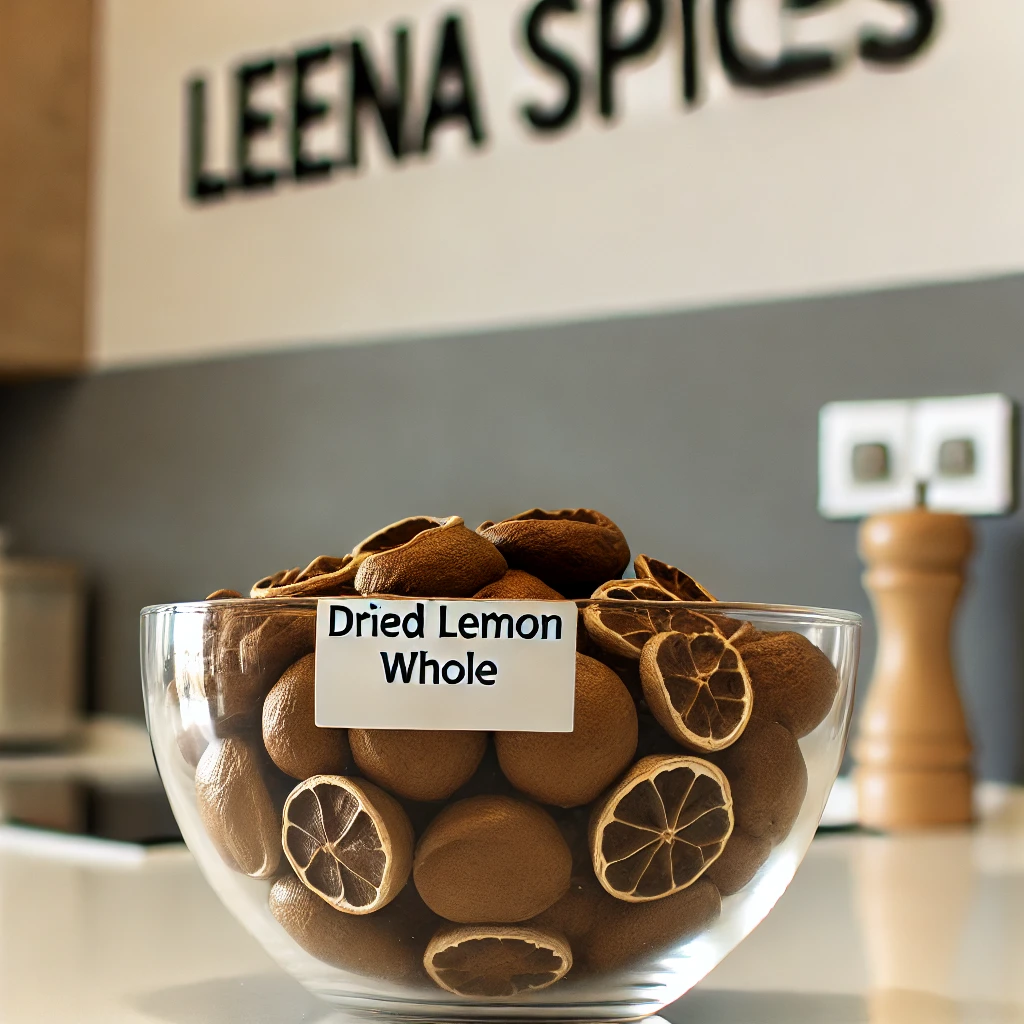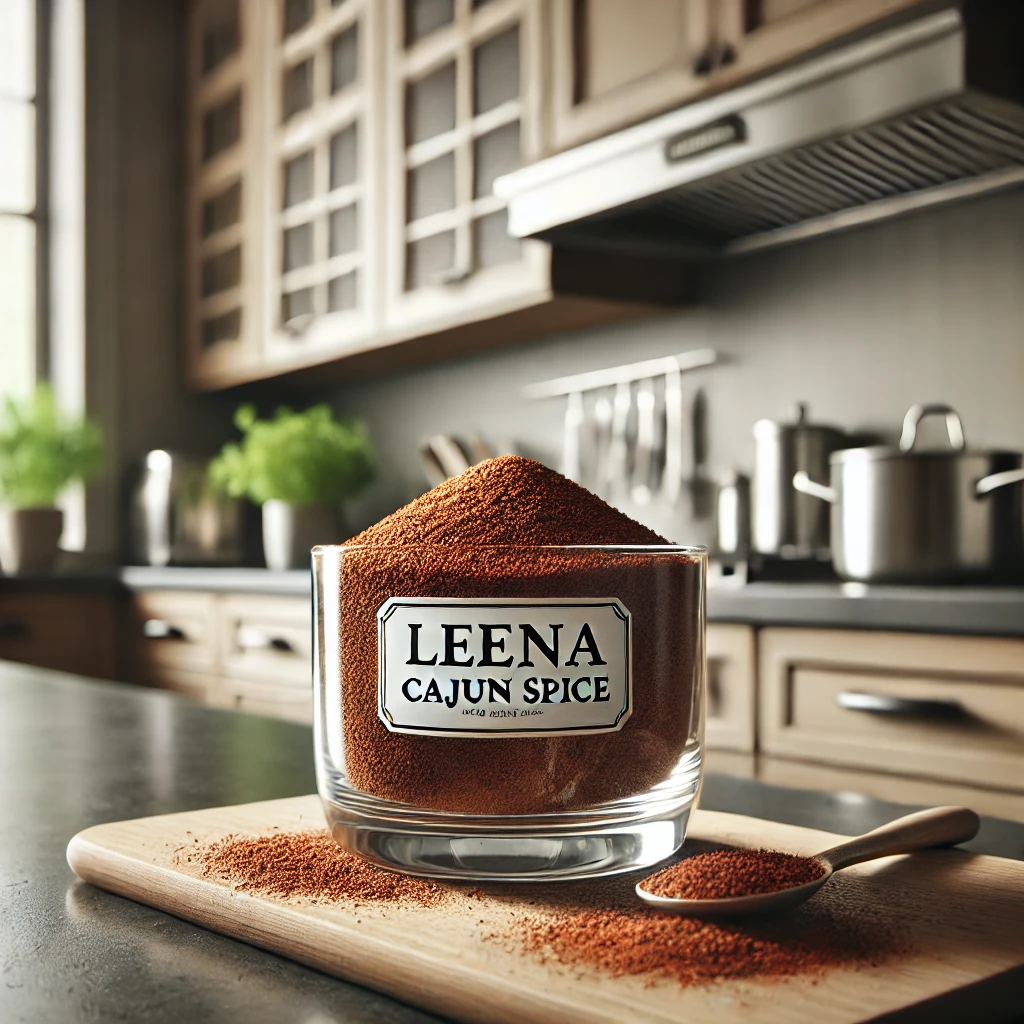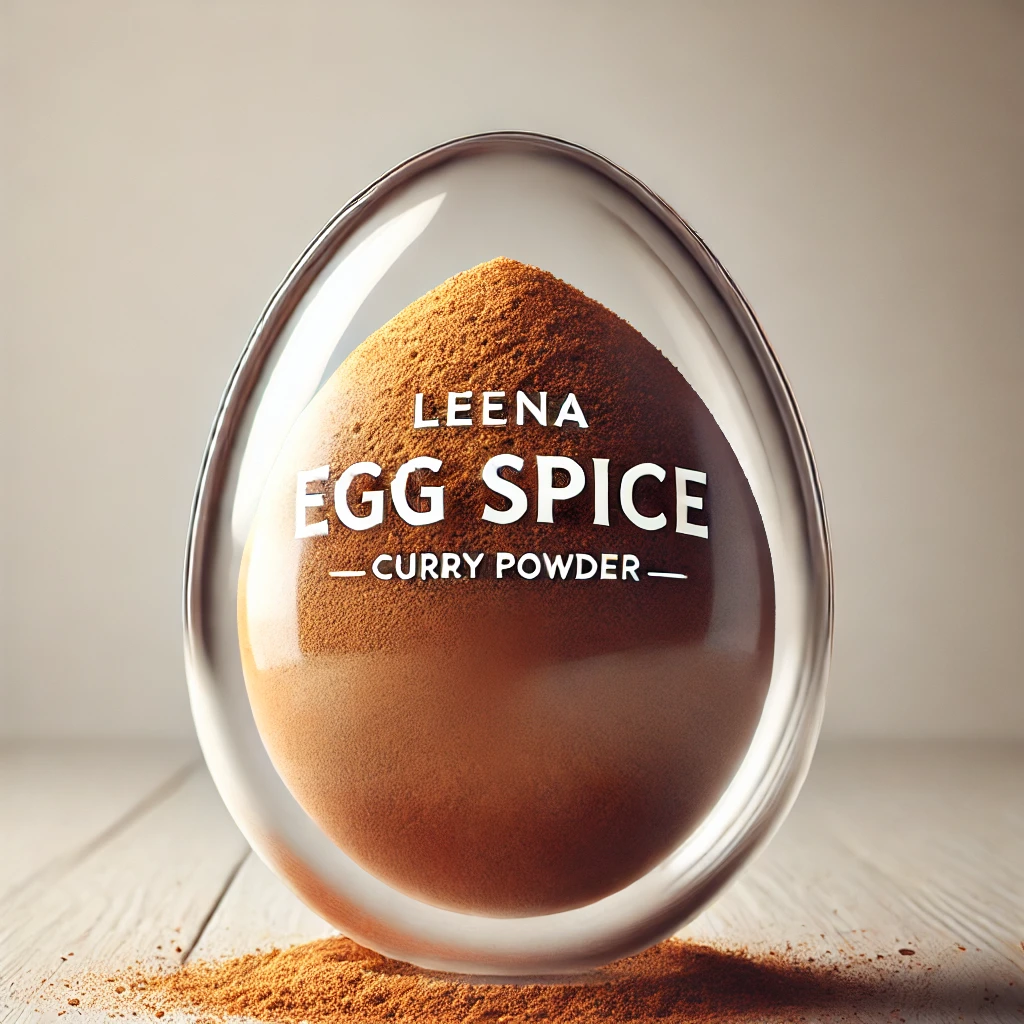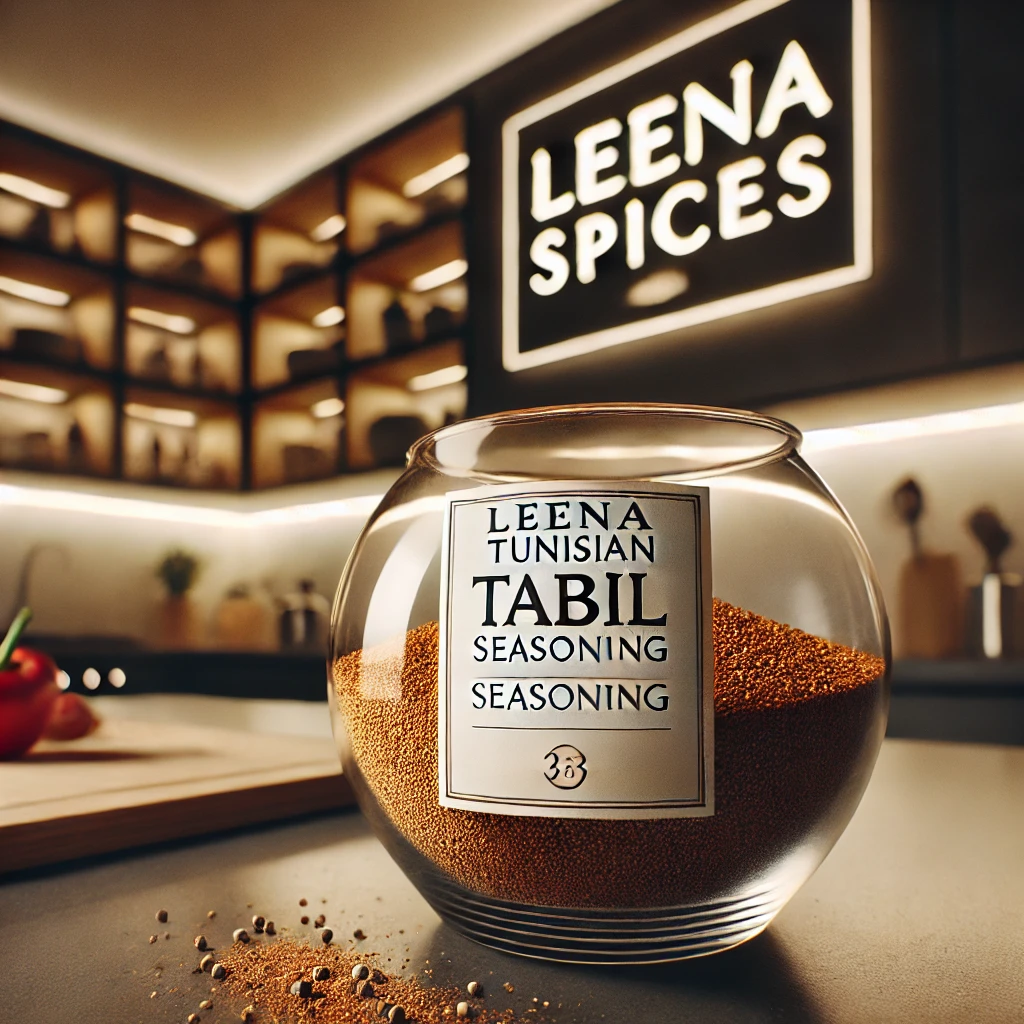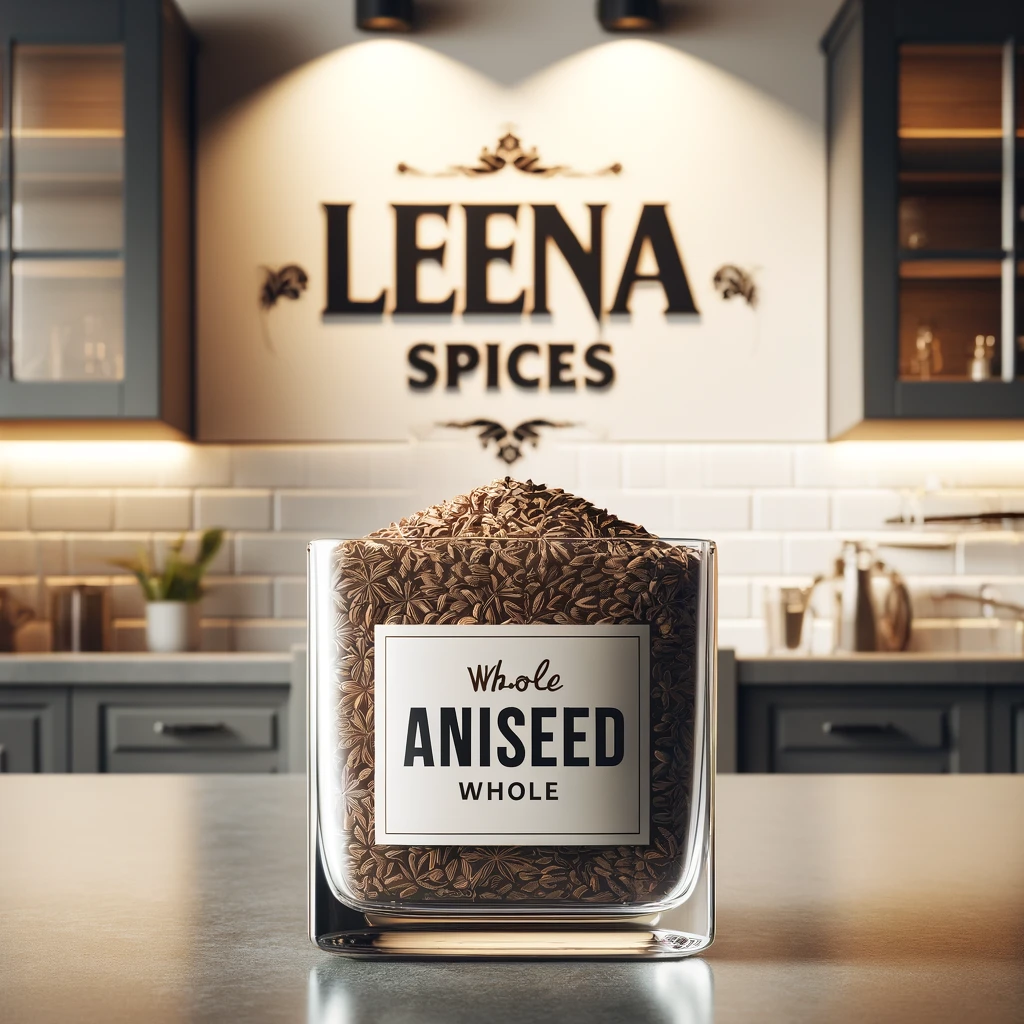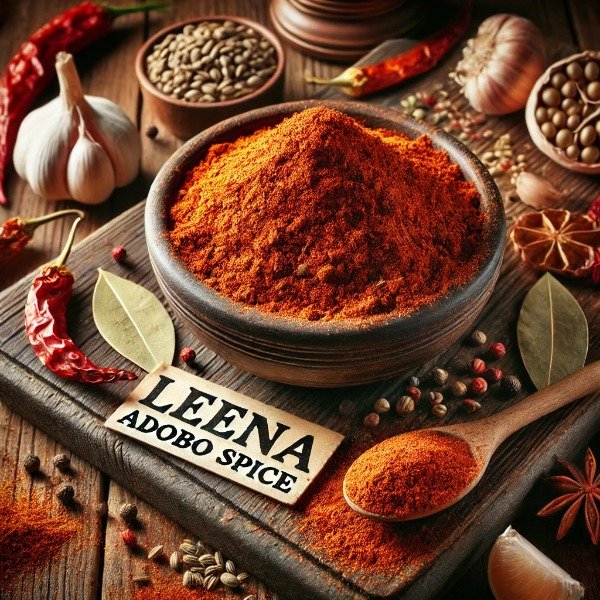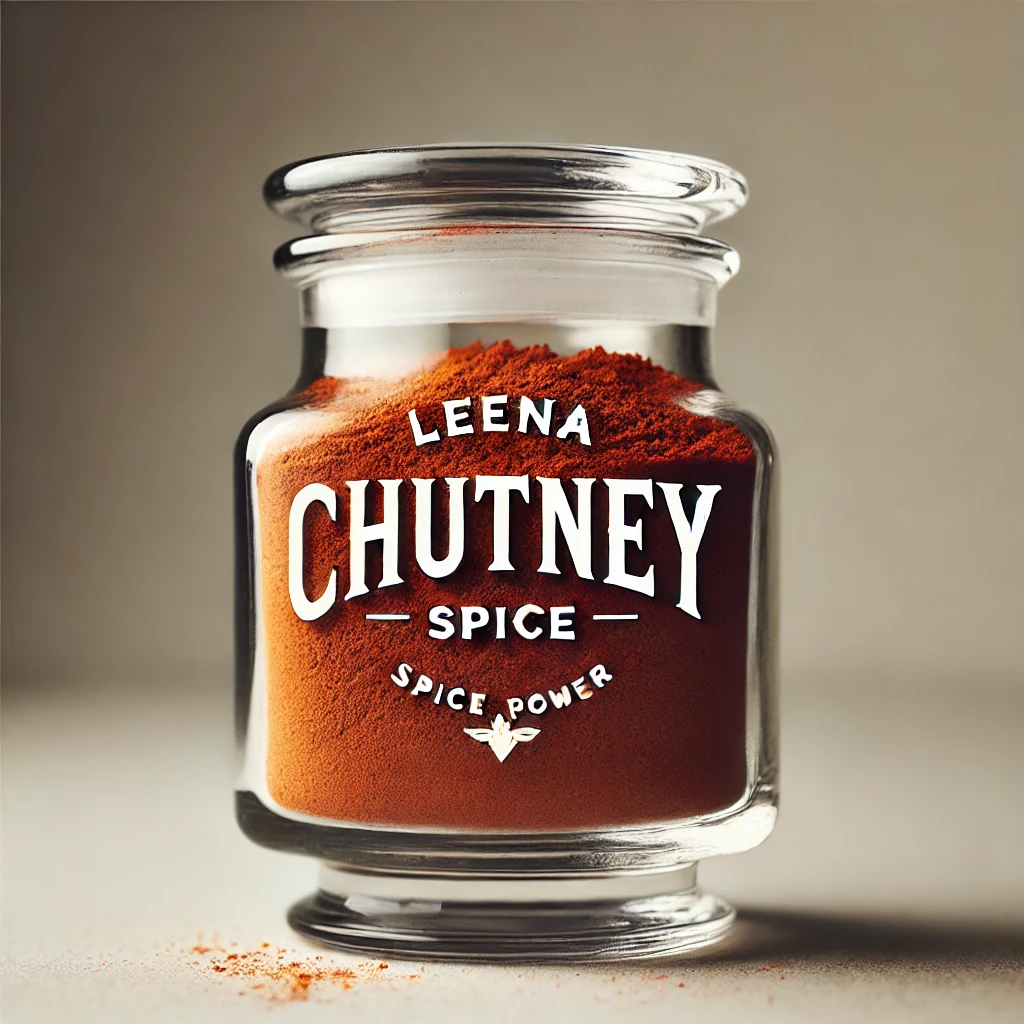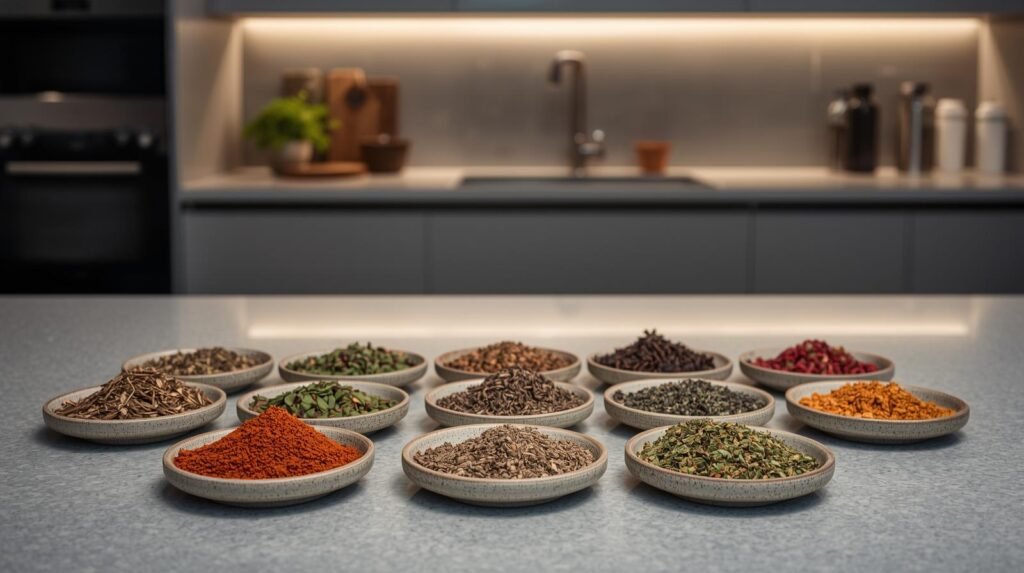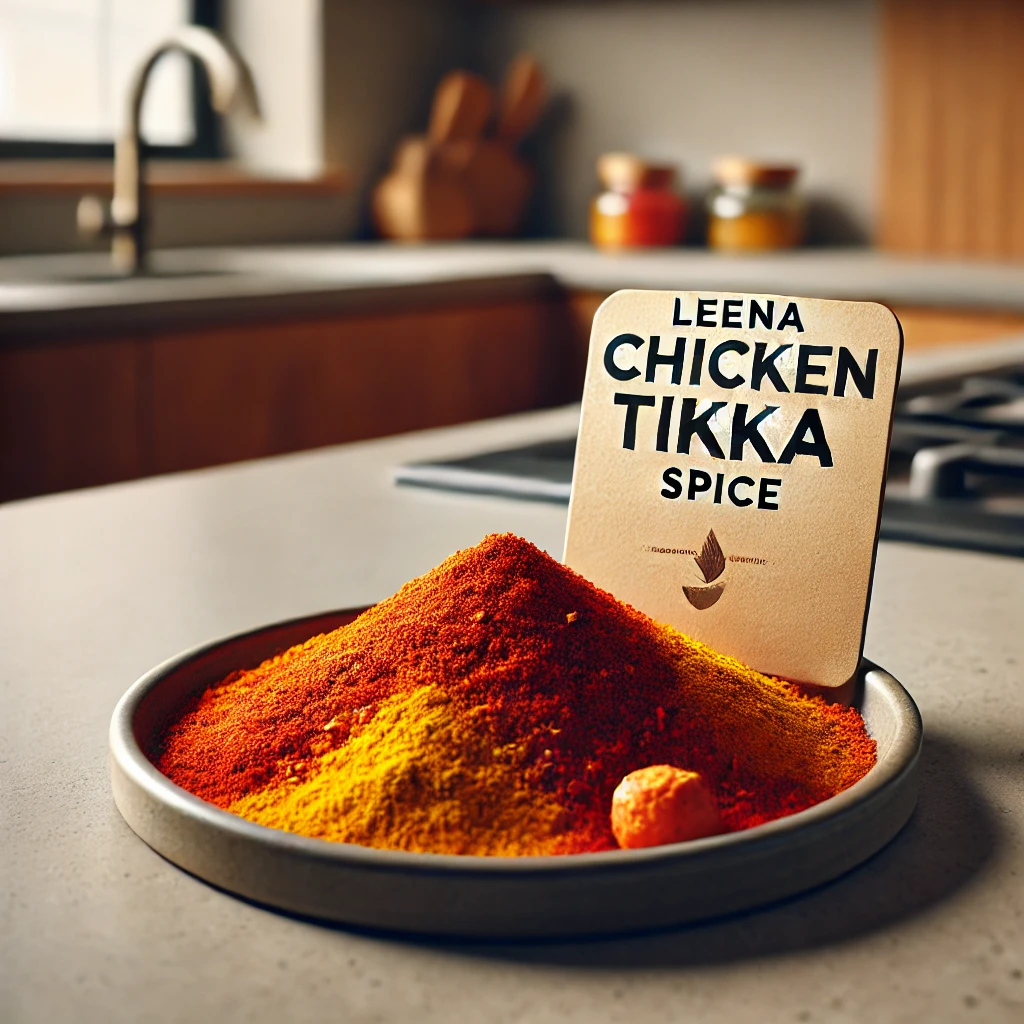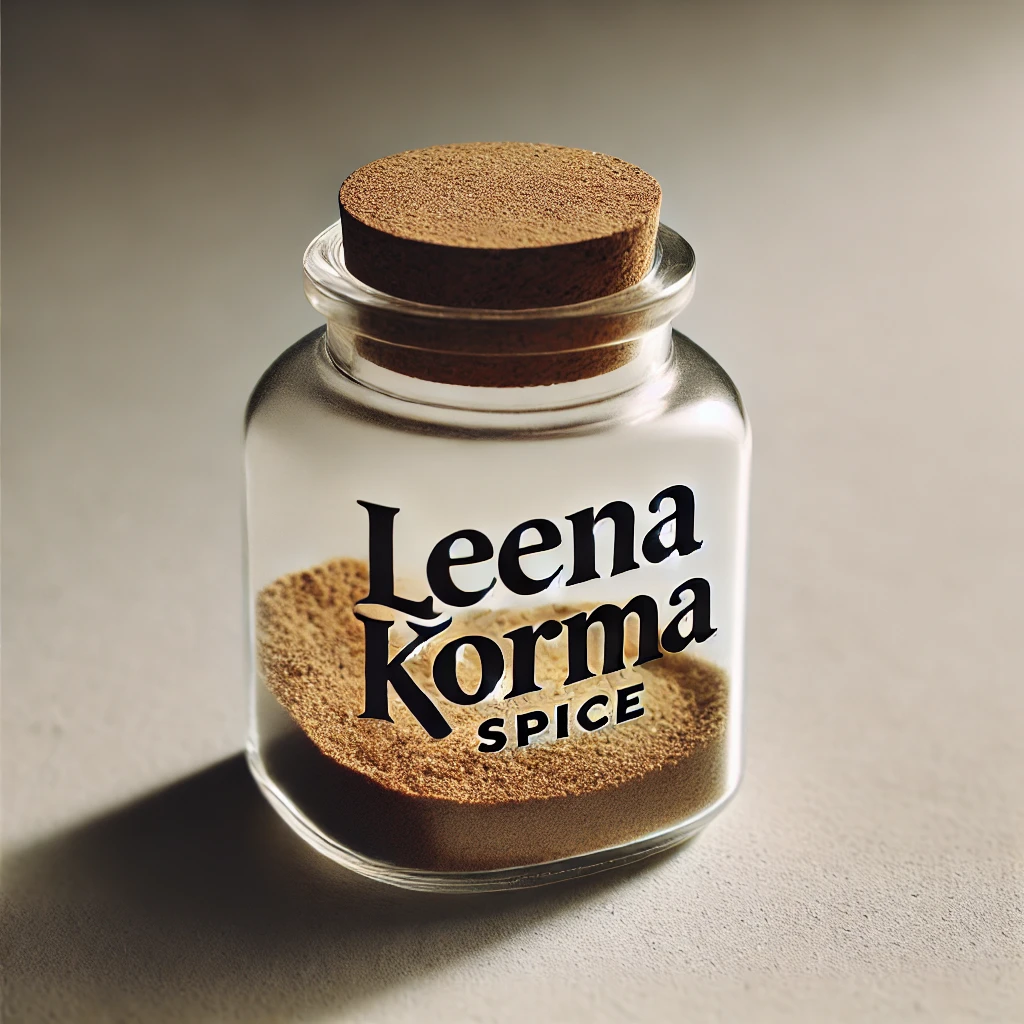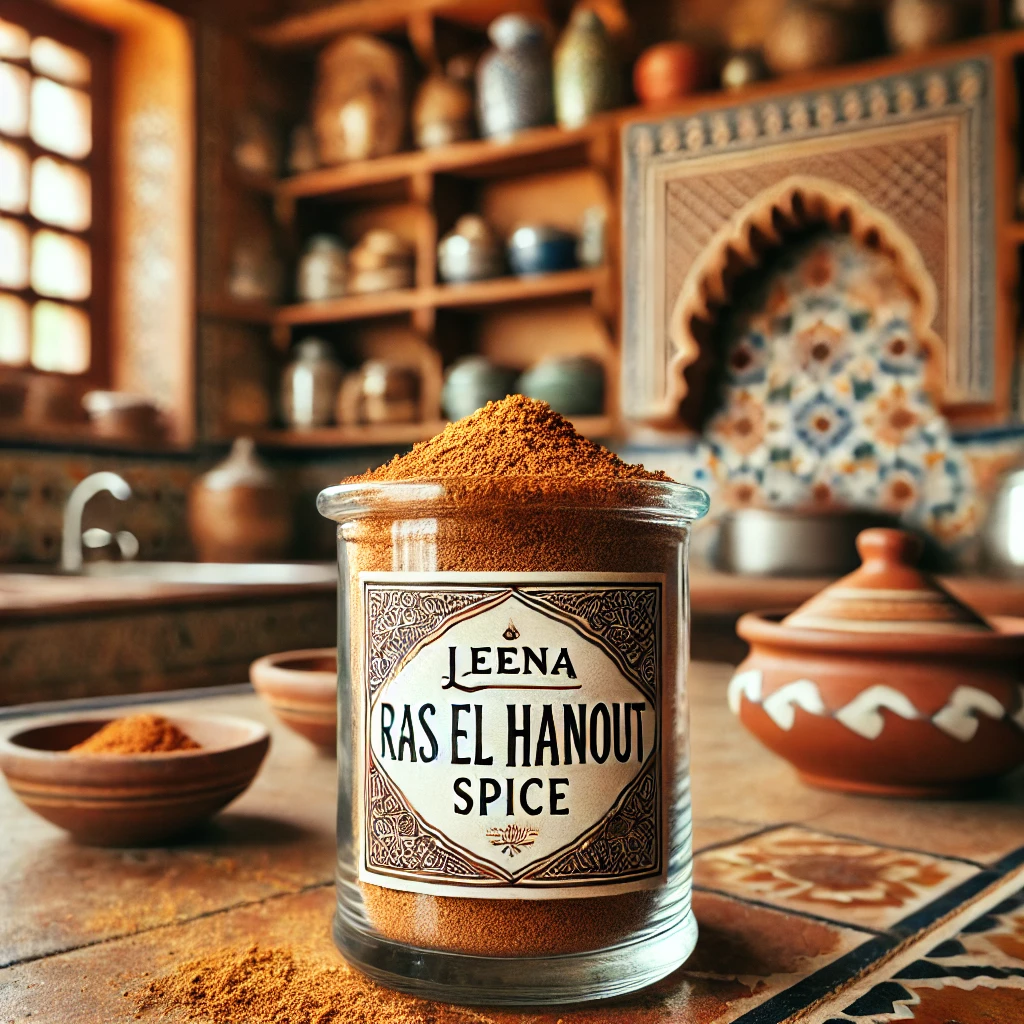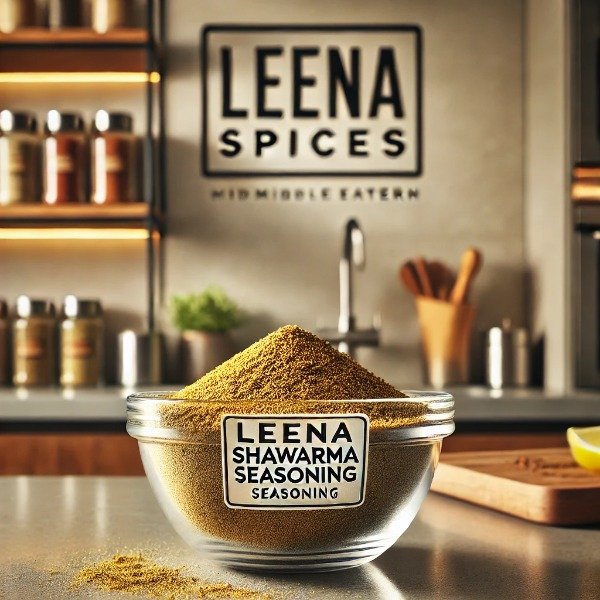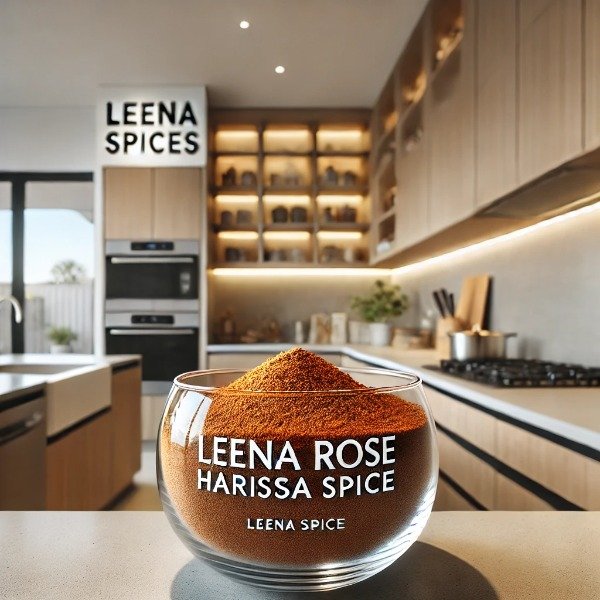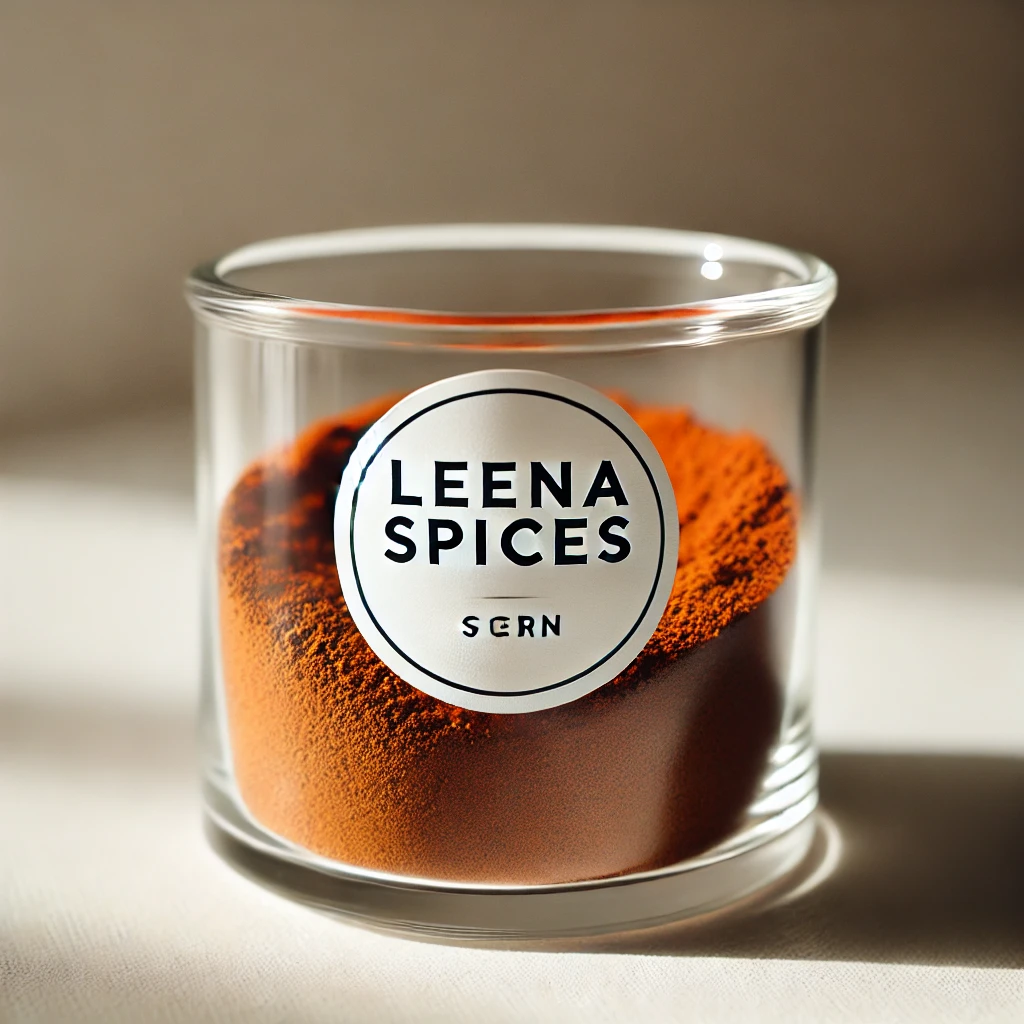Authentic Amok Spice Blend Can I Use Khmer Kroeung for Chicken, Tofu, or Vegetables?
Table of Contents
- Introduction to Amok
- What is Amok Spice Blend?
- Why It’s Unique
- Flavor Profile
- What Does Amok Taste Like?
- Spiciness and How to Adjust Heat
- Ingredients
- Traditional Amok Spice Mix Ingredients
- Optional Fresh Aromatics
- Making Amok at Home
- How to Make Homemade Amok Curry Powder
- How to Turn the Powder into a Paste
- Authentic Fish Amok Recipe
- Ingredients and Preparation
- Step-by-Step Cooking Instructions
- Tips for Authentic Steaming
- Serving Suggestions
- Traditional Accompaniments
- Presentation in Banana Leaves
- Part of a Larger Khmer Meal
- Variations
- Chicken Amok
- Vegetarian or Vegan Amok
- Other Protein Options
- Storage and Shelf Life
- Storing Amok Spice Mix
- Storing Amok Paste
- History and Cultural Significance
- Origins in the Khmer Empire
- Regional Influences
- Survival and Revival
- FAQs
- Common Questions About Amok Spice and Fish Amok
How do you make authentic Cambodian Fish Amok?
Key Takeaways
What is Amok spice blend?
A traditional Cambodian spice mix used for Fish Amok, featuring aromatic herbs like lemongrass, galangal, kaffir lime, and turmeric. It’s fragrant and citrusy rather than intensely spicy.
What does Amok taste like?
Bright, herbaceous, and aromatic with subtle warmth from black pepper, mild chili, and earthy notes from turmeric. Fresh aromatics dominate over heat.
Is Amok spice blend spicy?
Only mildly. Its heat comes mainly from black pepper and a small amount of chili. You can adjust spice levels by adding or reducing chilies.
Can Amok spice be used with ingredients other than fish?
Yes! It works well with chicken, tofu, vegetables, or mushrooms, keeping the aromatic flavor intact.
How do you make Amok curry powder at home?
Combine dried spices like black pepper, coriander, cumin, galangal, garlic, ginger, turmeric, paprika, lemongrass, and kaffir lime leaves. Grind them into a fine powder.
How do you turn the spice powder into a paste?
Mix the powder with coconut milk (or water), fresh aromatics, and optionally oil. Blend or pound until smooth. The paste can be used immediately or stored in the fridge for a few days.
How is Fish Amok traditionally prepared?
The spice paste is combined with coconut milk, fish, and optional vegetables, then steamed (often in banana leaves) to create a creamy, custard-like curry.
What is Amok traditionally served with?
Steamed jasmine rice, garnished with coconut cream, kaffir lime leaves, and sometimes chili. It may also be part of a larger Khmer meal with soups, stir-fries, or fresh vegetables.
What is the history of Amok?
Originating in the Khmer Empire (9th–15th century), it was once a royal delicacy. Steaming in banana leaves gave it a mousse-like texture. It survived cultural upheavals and is now Cambodia’s national dish.
What is Amok Spice Blend and What Makes It Unique?
- Aromatic foundation – Instead of being dominated by heat, Amok leans into refreshing, zesty flavors. The combination of lemongrass and kaffir lime brings a tropical brightness, while galangal and turmeric add earthy depth.
- Mild spice profile – Unlike Thai or Indian curries that often emphasize bold heat, Amok is fragrant and mellow, typically using black pepper and mild chili for warmth rather than intensity.
- Unique cooking method – Traditionally, the spice paste is blended with coconut milk and sometimes egg, then steamed in banana leaves. This process transforms it into a soft, mousse-like or custard-like texture that melts in the mouth.
- Culinary philosophy – Amok represents the Khmer approach to cooking, where harmony and subtle layering of flavors take priority over overpowering spice.
What are the ingredients in traditional Amok spice mix?
A traditional Amok spice blend brings together a mix of fragrant aromatics and gentle spices that define Cambodian cooking. Each ingredient plays a role in creating the bright, citrusy, and earthy flavor that makes Fish Amok so distinctive.
Here are the key components:
- Black Pepper – Adds a gentle warmth and depth without overpowering heat.
- Coriander – Contributes a subtle citrusy note and a mild sweetness.
- Cumin – Provides an earthy base that balances the brighter flavors.
- Galangal Powder – A signature ingredient, galangal offers a sharp, peppery, and slightly pine-like flavor that’s more intense than ginger.
- Garlic Powder – Adds savory richness and enhances the overall aroma.
- Ginger Powder – Warms the blend with a hint of sweet spice.
- Kaffir Lime Leaves – Infuse the mix with bold citrus fragrance and a distinctly Southeast Asian character.
- Lemongrass – The backbone of the blend, delivering fresh, lemony brightness.
- Paprika – Gives gentle color and a mild peppery sweetness.
- Turmeric – Earthy, slightly bitter, and golden in color, turmeric rounds out the spice blend and contributes to the curry’s vibrant appearance.
Together, these ingredients create a harmonious balance, earthy, zesty, and aromatic, with just a touch of heat. This makes the Amok spice mix unique compared to spicier regional blends, keeping the flavors light, fragrant, and deeply Cambodian.
What Does Amok Spice Taste Like?
Amok spice blend has a flavor that is bright, fragrant, and herbaceous, with an emphasis on freshness rather than fiery heat. Instead of overwhelming spice, it delivers a layered balance of citrus, earthiness, and mild warmth that reflects the heart of Cambodian cuisine.
Here’s what you can expect in its flavor profile:
- Citrusy & Grassy Notes – Lemongrass and kaffir lime leaf give Amok its signature tropical brightness, with a slightly floral, zesty lift.
- Earthy & Pungent Depth – Galangal (sharper and more peppery than ginger) and turmeric bring grounding earthiness, a touch of bitterness, and a golden hue.
- Gentle Warmth – Black pepper and mild chili add a subtle, warming heat without tipping into spiciness.
- Savory Complexity – Traditional versions also incorporate shallots and shrimp paste (or prahok), which contribute umami richness and balance the lighter citrus tones.
When prepared in Fish Amok, the most famous dish that uses this blend, these flavors are mellowed and enriched by coconut milk and sometimes egg, creating a custard-like curry with a creamy, savory-sweet finish.
Is Amok Spice Blend Spicy, and How Can You Adjust the Heat?
- To Reduce Heat – Use fewer chilies (or none at all) and remove the seeds before blending. You can also cut back slightly on black pepper if you want the blend to stay completely mellow.
- To Increase Heat – Add extra fresh chilies, dried chili flakes, or even a small pinch of cayenne. Incorporate these directly into the paste for a deeper kick.
- Taste as You Go – Always test your spice paste before cooking. Keep in mind that Amok is usually steamed in banana leaves, and this cooking method tends to soften and mellow the chili heat.
How do I make homemade Amok curry powder from scratch?
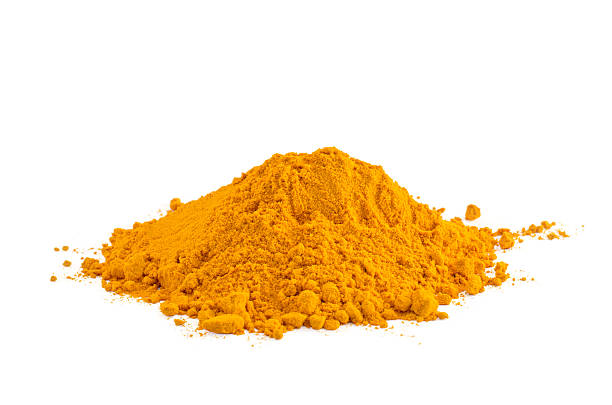
Making your own Amok curry powder at home is a rewarding way to capture the bright, citrusy, and aromatic flavors of Cambodian cooking. With just a few pantry spices and herbs, you can create a blend that’s fresher and more vibrant than any store-bought version.
Ingredients (for one batch)
- Black Pepper – 1 g
- Coriander Seeds – 9 g
- Cumin Seeds – 9 g
- Galangal Powder – 14 g
- Garlic Powder – 8 g
- Ginger Powder – 8 g
- Dried Kaffir Lime Leaves – 14 g
- Dried Lemongrass – 14 g
- Paprika – 9 g
- Turmeric Powder – 14 g
Instructions
- Toast the seeds (optional but recommended): Lightly toast the coriander and cumin seeds in a dry pan over low heat until fragrant. This deepens their flavor. Let them cool.
- Grind the spices: Use a spice grinder or mortar and pestle to grind the toasted seeds into a fine powder.
- Mix with aromatics: Combine the ground coriander and cumin with galangal, garlic, ginger, kaffir lime leaves, lemongrass, paprika, and turmeric. Stir until evenly blended.
- Store properly: Transfer your homemade Amok curry powder into an airtight jar and keep it in a cool, dark place. For best flavor, use within 3–4 months.
Flavor Tip
This dry blend works beautifully as a base, but for authentic Fish Amok, many Cambodian cooks pound these spices into a paste with fresh aromatics (shallots, fresh lemongrass, galangal, and sometimes shrimp paste). The dry powder version is perfect for convenience, while the fresh paste gives even more depth.
How do I store Amok spice mix and how long does it last?
Best Storage Practices
- Use an airtight container – A glass jar or spice tin with a tight lid works best. Exposure to air is the quickest way spices lose their punch.
- Keep it cool and dry – Store the jar in a pantry or cupboard away from humidity, which can cause clumping and spoil flavor.
- Avoid light – Direct sunlight and even kitchen lighting can fade the turmeric’s color and weaken the aromatic oils. A closed cupboard is ideal.
- Stay away from heat sources – Don’t keep your spice jar near the stove, oven, or dishwasher, where repeated heat exposure will break down the blend’s freshness.
Shelf Life
- Freshly made homemade blend (using dried, ground spices): Best within 1–3 months, though it can last up to a year if stored well.
- Whole spices blended fresh at home: These can last longer (up to 1–2 years) since whole spices retain oils better than pre-ground ones.
- Very small, fresh batches (especially with ground kaffir lime leaf): Use within 2–3 weeks for peak flavor.
How to Tell if Your Amok Mix Is Still Fresh
- The sniff test – Rub a small pinch between your fingers. If the aroma is faint or dull, it’s past its prime.
- The color test – If the turmeric’s bright golden hue has faded, chances are the flavor has too.
how do I make a paste from amok spice curry powder?
Turning your homemade Amok curry powder into a paste is the key step to unlocking its full fragrance and depth of flavor. The paste becomes the base for classic dishes like Fish Amok, where its citrusy, earthy, and aromatic notes shine through.
Ingredients (Makes about ¼ cup paste)
- 2–3 tbsp Amok curry powder
- 2–3 tbsp coconut milk (or water for a lighter version)
- 1 tsp neutral oil (optional, for smoothness)
- Fresh additions (optional but recommended for authenticity):
- 1 tbsp minced lemongrass
- 1–2 tsp finely grated galangal or ginger
- 1–2 cloves garlic, minced
Method
- Start with the powder – Place the Amok curry powder into a mortar and pestle, small food processor, or blender.
- Add the aromatics – If using fresh lemongrass, galangal, or garlic, add them in now for extra brightness.
- Incorporate the liquid – Gradually mix in coconut milk (or water), 1 tablespoon at a time, until a thick, spreadable paste forms.
- Add oil (optional) – Stir in a teaspoon of neutral oil to help bind the paste and release more fragrance.
- Blend or pound until smooth – Work the mixture into a paste, which should take 2–3 minutes. Adjust consistency by adding more liquid (if too dry) or more powder (if too thin).
- Rest and use – For best flavor, let the paste sit for about 30 minutes before cooking so the spices can bloom. Use immediately, or store in an airtight container in the fridge for up to 5 days.
What's an authentic recipe for Fish Amok using Amok spice?
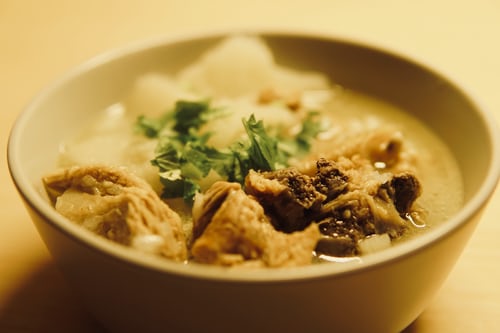
Ingredients
- 500 g white fish fillets (catfish, cod, snapper, or any firm white fish), cut into bite-size pieces
- 2 medium onions, chopped
- 1–2 tsp Amok spice blend (adjust to taste)
- ½ tsp fish sauce (or soy sauce for a vegetarian version)
- 1 tsp palm sugar (or light brown sugar)
- 400 mL coconut milk (1 can)
- ½ cup green beans, thinly sliced
- 4 tbsp cooking oil
- Salt, to taste
- Optional: 1 egg (traditional versions add this to help thicken into a custard-like texture)
- Optional: Banana leaves for steaming (for authentic presentation)
Method
- Make the spice paste – In a blender or mortar and pestle, grind together the onions, Amok spice blend, fish sauce, palm sugar, and a pinch of salt until smooth. This forms the aromatic base.
- Cook the paste – Heat the oil in a wok or deep pan over medium heat. Add the paste and sauté for 2 minutes until fragrant.
- Add coconut milk – Stir in the coconut milk, bring to a gentle boil, then reduce to a simmer. If using egg, whisk it into the coconut milk at this stage for a more traditional custard-like curry.
- Cook the fish – Add the fish pieces and green beans. Simmer gently for about 10 minutes, or until the fish is cooked through and tender.
- Adjust and serve – Taste and adjust seasoning with more salt, fish sauce, or a touch of sugar. Serve hot with steamed rice.
Optional Authentic Touch
For a traditional presentation, spoon the mixture into banana leaf cups and steam until set. This method infuses the curry with a subtle leaf aroma and creates the classic mousse-like texture of Cambodian Fish Amok.Related Posts You May Like
What is Swicy? 4 Easy Homemade Recipes
Discover the 7 Amazing Powers of Whole Dried Galangal Slices
How to Make the Perfect Rendang Spice Blend: A Step-by-Step Guide for Home Cooks
1 Secret of Asian Spice Blend That Will Transform Your Cooking
12 Healing Zuo Yuezi Soups with Medicine Curry Birth Masala for Modern Postpartum Care
What is Traditionally Served with Amok?
- Steamed Jasmine Rice
- This is the classic and essential pairing. The soft, fluffy rice balances the rich, creamy coconut-based curry of Amok and soaks up its flavors perfectly.
- Traditional Presentation
- Amok is often steamed and served directly in banana leaf cups (or “boats”) folded into little ramekins. This gives the dish its signature aroma and an authentic touch.
- Before serving, it is garnished with:
- A drizzle of thick coconut cream
- Finely sliced kaffir lime leaves
- Thin red chili slices for color and mild heat
- Fresh Accompaniments
- Light, refreshing sides are common, such as:
- Crisp cucumber slices
- Fresh herbs like mint or Thai basil
- Simple green salads or leafy vegetables for contrast
- As Part of a Larger Khmer Meal
In Cambodia, Amok is rarely eaten alone but shared as part of a family-style spread, often with:
- Soup (Samlor) – such as sour or clear soups
- Grilled or stir-fried dishes – chicken, beef, or pork for variety
- Fresh raw vegetables – to add crunch and balance
Can I use Amok spice blend for chicken or vegetarian dishes instead of fish?
Absolutely! While Fish Amok (Amok Trey) is the most traditional version, the aromatic and citrusy Amok spice blend is incredibly versatile and works beautifully with chicken, tofu, vegetables, mushrooms, or other proteins. Its mild, fragrant profile enhances the dish without overpowering the main ingredient.
Chicken Amok
- Substitute firm white fish with diced chicken breast or thigh.
- Prepare and steam as usual for about 20–25 minutes until fully cooked.
- The result is a tender, fragrant curry with the same classic lemongrass and kaffir lime notes.
Vegetarian or Vegan Amok
- Use tofu, eggplant, mushrooms, pumpkin, or mixed vegetables as the base.
- Combine with coconut milk for creaminess and steam in banana leaves for authentic aroma.
- Replace traditional seafood seasonings (fish sauce or shrimp paste) with:
- Soy sauce or tamari
- Miso paste for umami depth
- A pinch of salt to taste
Other Proteins
- Prawns, crab, beef, or pork can also be used successfully, following the same technique.
Tip: The core ingredients of the Amok spice blend give the curry its distinctive earthy-citrusy aroma, making it highly adaptable to a variety of proteins and vegetables.
What is the history or origin of Amok in Cambodian cuisine?
Origins in the Khmer Empire (9th–15th Century)
- Royal Delicacy: Amok is believed to have originated during the Khmer Empire, the same era that produced Angkor Wat. Because of its intricate preparation and the use of premium ingredients such as freshwater fish and coconut cream, it was originally reserved for the royal family and nobility.
- The Name: “Amok” refers specifically to the steaming method, where the curry is cooked in a banana or palm leaf cup. This steaming process gives the dish its characteristic mousse-like, custard texture, distinguishing it from thinner Southeast Asian curries.
- Freshwater Fish: Historically, Amok used fish from Tonlé Sap Lake, Southeast Asia’s largest freshwater lake. Common choices included goby, catfish, or snakehead, reflecting Cambodia’s inland geography.
Regional Influences and Unique Khmer Identity
- While similar dishes exist in neighboring countries such as Thailand’s Hor Mok or Malaysia and Indonesia’s Otak-Otak, Cambodian Amok is unique. Its kroeung spice paste balances lemongrass, galangal, turmeric, kaffir lime, and garlic, producing a mild, aromatic flavor rather than intense heat. Linguistic and culinary evidence suggests that while there may have been cross-cultural influences, the technique and spice profile are distinctly Khmer.
Cultural Significance
- By the 19th century, Amok had become a symbol of harmony and balance, mirroring Buddhist principles of moderation: mild, creamy, and delicately spiced. It was considered a dish worthy of ceremonies and festivals.
- Survival Through Oral Tradition: During the Khmer Rouge era (1975–1979), much of Cambodia’s culinary heritage, including recipes like Amok, was at risk of being lost. Traditional cooking knowledge was passed orally, and many recipes disappeared.
Modern Revival
- Since the 1980s, Amok has reemerged as a culinary emblem of Cambodian resilience and identity. Today, it is celebrated at weddings, religious ceremonies, and national festivals such as the Water Festival, which honors the abundance of Tonlé Sap’s fish.
- UNESCO recognition and international attention have further cemented Amok as a defining dish of Cambodian cuisine, showcasing its subtle, fragrant flavors rather than relying on bold spiciness.
Frequently Asked Questions (FAQs) About Amok Spice & Fish Amok
Can I make Amok spice blend ahead of time?
Yes! Homemade Amok curry powder can be made in advance and stored in an airtight container in a cool, dark place. It retains its best flavor for 1–3 months, though whole spices mixed fresh can last longer.
Can I adjust the spiciness of Amok?
Absolutely. Amok is naturally mild. To increase heat, add fresh or dried chilies or a pinch of cayenne. To reduce heat, use less black pepper or skip chilies entirely.
Can I use Amok spice blend for dishes other than fish?
Yes! It works beautifully with chicken, tofu, mushrooms, eggplant, or mixed vegetables. Just follow the same paste-making and steaming method.
What is the traditional way to serve Fish Amok?
It’s traditionally served with steamed jasmine rice, often in banana leaf cups, garnished with coconut cream, kaffir lime leaves, and optional chili slices. It may also be part of a shared Khmer meal with soups and stir-fries.
How long does Amok paste last in the fridge?
Freshly made Amok paste can be stored in an airtight container in the fridge for up to 5 days. For longer storage, freeze in small portions.
What makes Amok different from Thai or Indian curries?
Amok is mild, aromatic, and custard-like. Unlike Thai or Indian curries, it focuses on fragrant, citrusy herbs and steaming rather than bold heat or thick, spicy sauces.
What is the history of Amok?
Amok dates back to the Khmer Empire (9th–15th century). Originally a royal dish made with freshwater fish and coconut cream, it survived cultural upheavals and is now Cambodia’s national dish.



